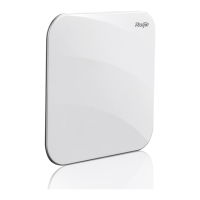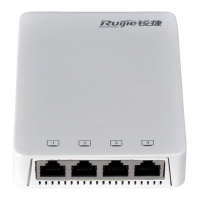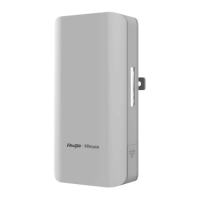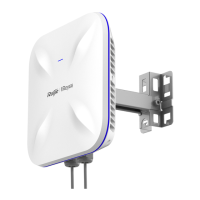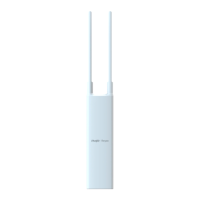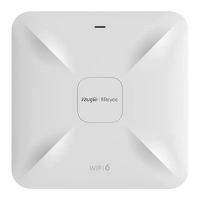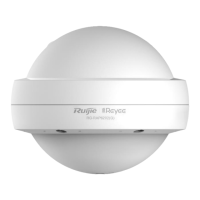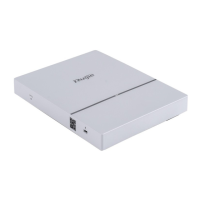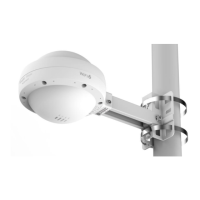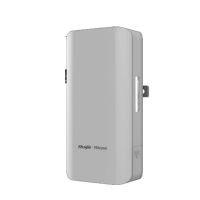Configuration Guide Configuring DHCPv6
A DHCPv6 client sends a Solicit message whose destination address is FF02::1:2 and destination port number is 547
within the local link to request address, prefix and configuration parameter allocation. All DHCPv6 servers or DHCPv6
relay agents within the link will receive the Solicit message.
After receiving the Solicit message, a DHCPv6 server will send an Advertise message in the unicast mode if it can
provide the information requested in the Solicit message. The Advertise message includes the address, prefix and
configuration parameters.
The DHCPv6 client may receive the Advertise message from multiple DHCPv6 servers. After selecting the most
suitable DHCPv6 server, the DHCPv6 client sends a Request message whose destination address is FF02::1:2 and
destination port number is 547 to request address, prefix and configuration parameter allocation.
After receiving the Request message, the DHCPv6 server creates a binding locally and sends a Reply message in the
unicast mode. The Reply message includes the address, prefix and configuration parameters that the DHCPv6 server
will allocate to the DHCPv6 client. The DHCPv6 client obtains address, prefix or configuration parameters based on the
information in the Reply message.
Two-Message Exchange
Two-message exchange can be used to complete address, prefix and parameter configuration for DHCPv6 clients more
quickly.
Figure 5-6
A DHCPv6 client sends a Solicit message whose destination address is FF02::1:2 and destination port number is 547
within the local link to request address, prefix and configuration parameter allocation. The Solicit message contains
Rapid Commit.
If a DHCPv6 server supports the Rapid Commit option, the DHCPv6 server creates a binding locally and sends a Reply
message in the unicast mode. The Reply message includes the address, prefix and configuration parameters to be
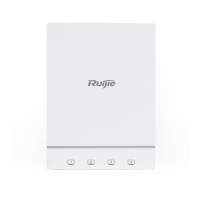
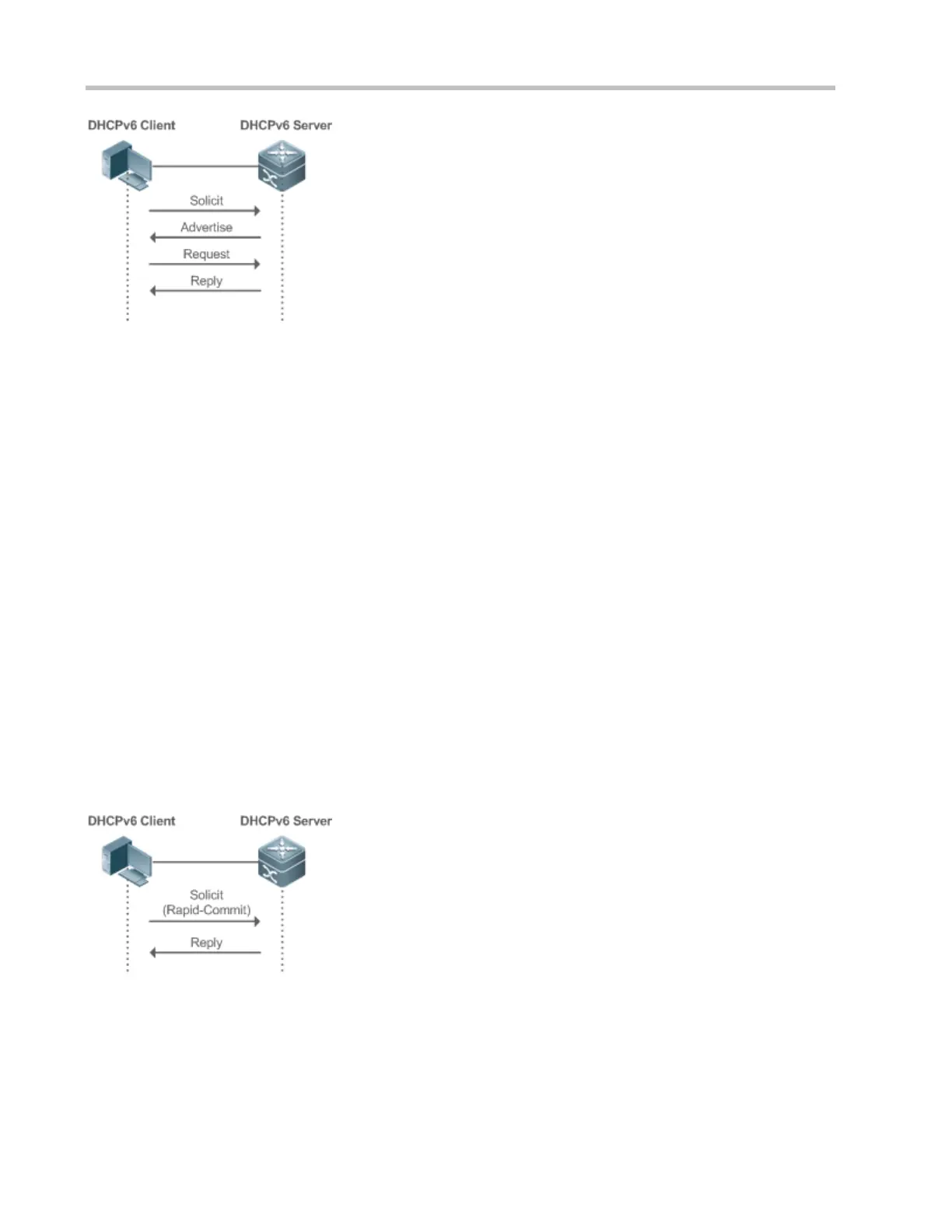